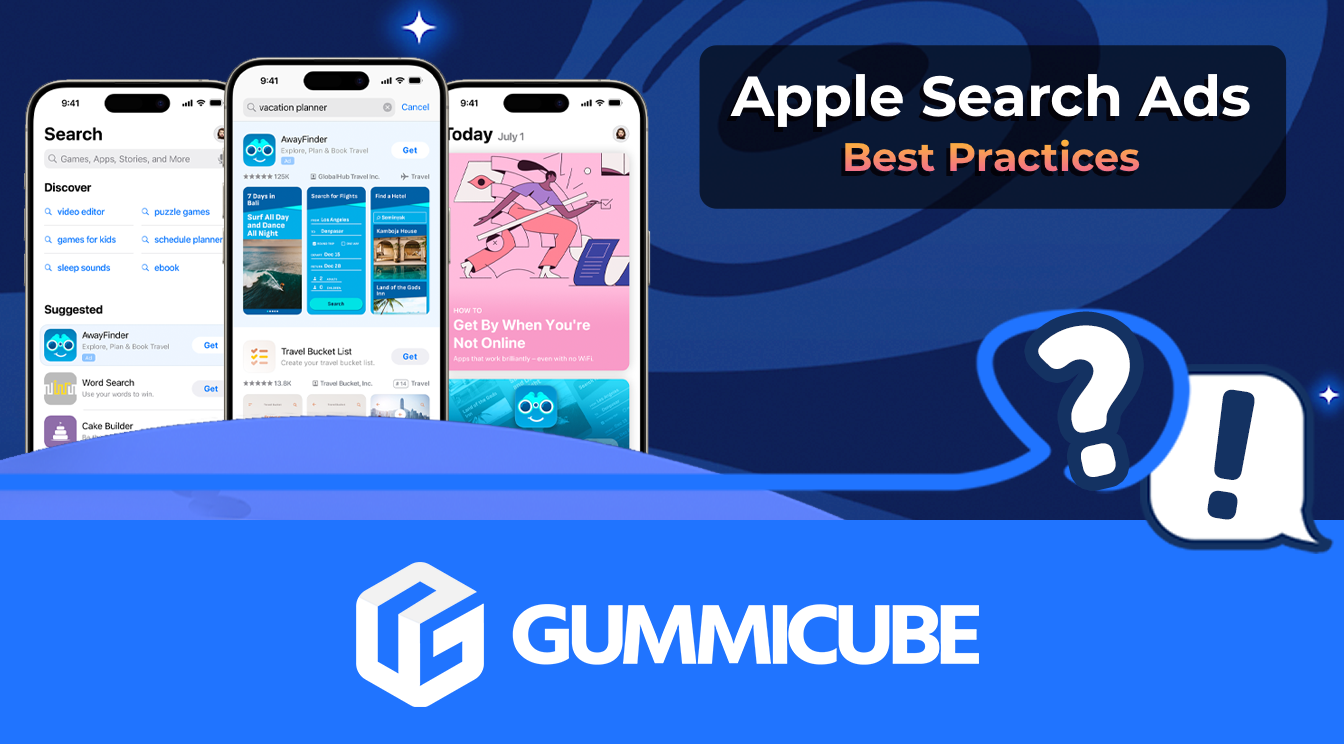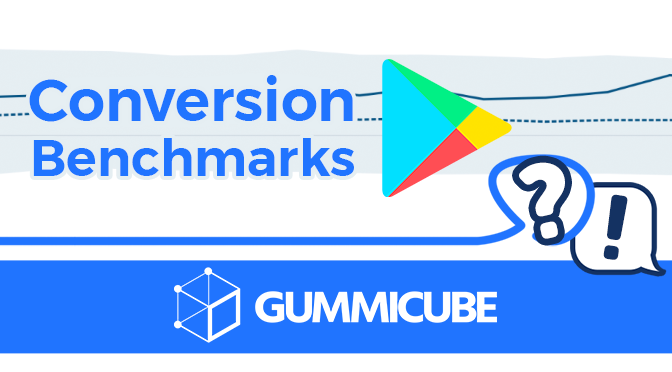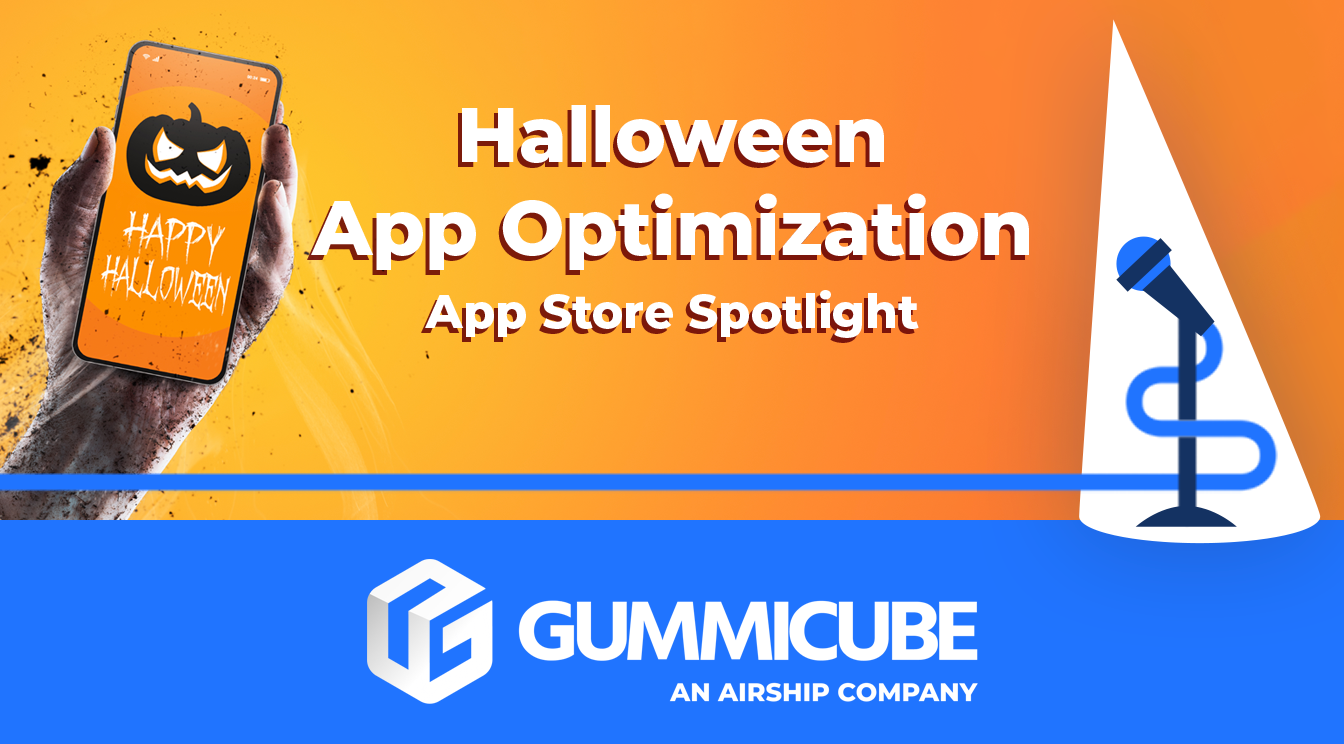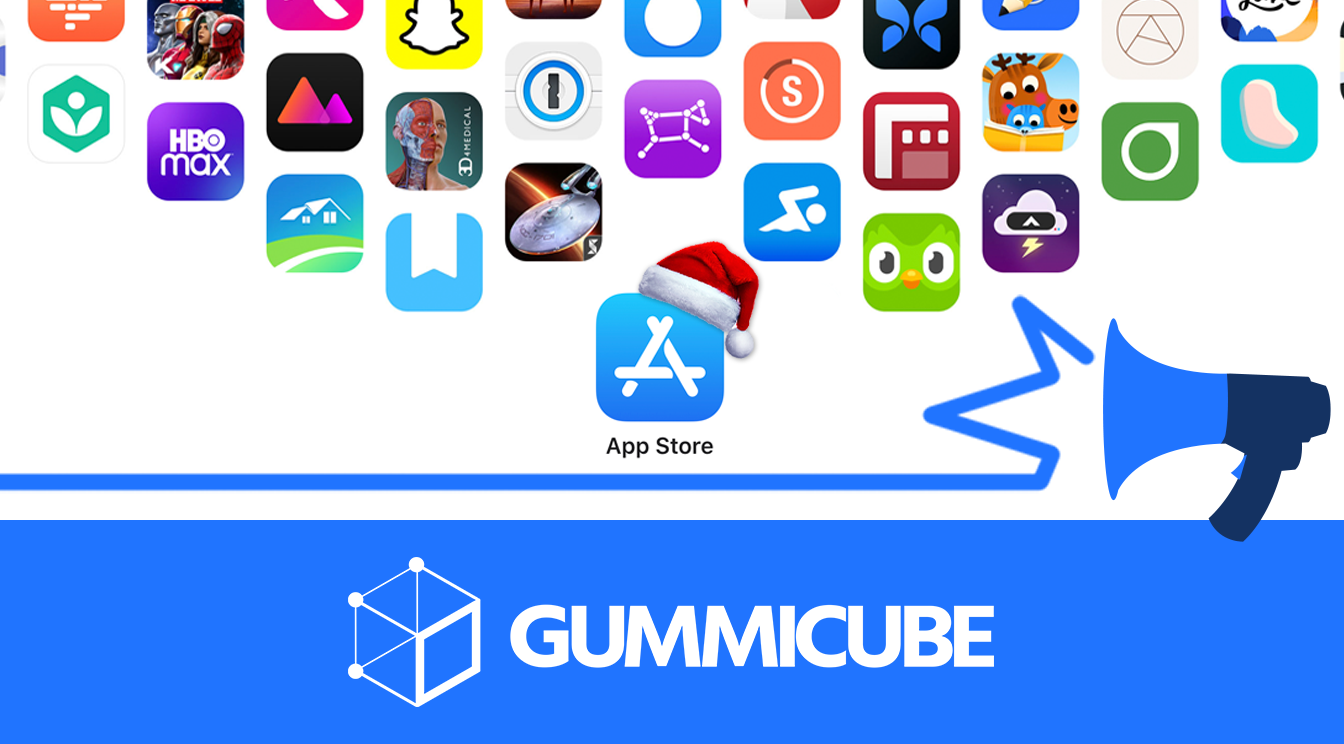
5 Best Practices for Apple Search Ads
Posted on July 3rd, 2024
Are you leveraging Apple Search Ads the right way? Take a look at these recommendations to optimize your paid campaigns and target the right users.

Understanding your app’s performance within the current market is an important part of deciding which steps to take next in the App Store Optimization process. After deploying an update, developers and marketers need to analyze the metrics that were impacted to plan a strategy for future updates. Even with no direct changes made, it is always vital to stay up-to-date with how your app is performing in the market.
Beyond looking at your own metrics, an understanding of the competitive landscape is also critical. The more granular this can be, the better; every app is not the same, after all. The market and demand for a game available in all territories targeting a broad age and gender demographic will be different than an app targeting a local area with features designed for a specific audience.
To help with this, Google Play has a feature to allow developers to compare their conversion metrics against other “similar” apps. Below is a brief overview of what they are, where they are useful, and some pitfalls to avoid when assessing them.
Google Play Developer Console’s “conversion benchmarks” feature shows the following metrics over time:
The data and range of time provided here are made to give you a better understanding of how your app compares to similar apps. The idea is to help resolve the issue mentioned above- where not all types of apps will have similar traffic volumes and conversion rates, making a comparison irrelevant.
Along with the median conversion ratio in your category, the range of the 25th percentile and 75th percentile are useful in showing a broader picture of how apps in the category you have selected convert, rather than just the average.
While these are useful data points to know, there are pitfalls to avoid when using them to understand how your app is performing. Be sure to keep these in mind to best understand your performance.
The biggest issue in gauging your performance using Google Play Developer Console’s conversion benchmarks is that it still does not completely solve the issue it is trying to resolve: comparing your metrics to other apps that may not be relevant.
As an example, the Lifestyle category is an available option for category conversion benchmarks. Google Play Developer Console defines “Lifestyle” as apps that “Provide users with general-interest subject matter or services” – a very broad concept, which houses a very broad range of app types.
Among the top 200 apps ranking in this category, 12.5% offer SmartHome technology solutions and 6.5% have Horoscope / Fortune telling features. Other apps range from rewards programs, to big-name shopping brands, to dating, friends and family locators, journal apps and more.
Depending on the category, Google also has more granular “Tags” to look into features more specifically. While these are also helpful, the same considerations should be taken when assessing a category; some apps do not quite fit categorization here either.
Using the Lifestyle example, available tags include “Horoscope” and “Self Help” – but those are the only two. The variety of other apps in this category cannot be further drilled down. Another category, “House and Home,” does have a tag “Home Automation” which may be more applicable to the 12.5% of Smart Home apps within the Lifestyle category. That being said, it still won’t quite be able to paint the full picture since the benchmark will only be able to compare other apps whose developers have categorized and tagged them this way.
Another pitfall to look out for is leaving conversion benchmarks unfiltered, including the traffic source, territory and language. Just like analyzing conversion benchmarks
Since the launch of the new Google Play Developer Console on November 2, 2020, traffic sources can be separated into:
- Google Play search
- Google Play explore
- Third-party referrals
By default, Google will show your conversion rate compared to peers across all traffic sources. This can be misguiding, as traffic coming in from one channel may convert higher or lower than another channel, skewing perceived conversion performance for your app on its own, along with performance among competitors. As an example, Third Party referral traffic may be coming from a source that inherently converts higher or lower than other channels like Search and Explore, skewing the overall average.
Other factors outside of the Play Store, such as the Third Party advertisement a user saw before visiting the Store Listing page, can also impact conversion. Factors extraneous to the Play Store such as the ad copy or creative can make it difficult to determine if your Play Store listing itself is in need of a refresh, or if there is something to be addressed with the user acquisition campaigns being run before a user reaches the store.
Along with traffic source disparities, some developers may be focused primarily on one or just a few territories and/or languages as a part of their marketing strategy. However, Google Play Developer Console’s default conversion benchmarks will aggregate performance across all territories and languages by default.
Developers can also filter their metrics by Territory (geographic location) and Language (user’s set language preference) to monitor conversion benchmarks. Just like the average of all traffic channels can be misguiding, the average of all languages and territories can be. Drilling down benchmarks to your app’s focus territory can reveal performance where you most care about it, rather than being skewed up or down with data from irrelevant areas. It’s also important to note that your peer group here will also include other apps which may or may not be focusing on the same territories or languages, impacting the peer median metrics.
Google Play’s conversion benchmarks are useful in determining performance- so long as you understand what they do and don’t say. Filtering to more granular categories, tags, traffic sources, territories and languages will help give a more specific view of apps similar to yours, but even then, will have its own shortcomings. Combining publicly available data such as this, with the knowledge of how to use it, along with insight from ASO software and additional market research is key to understanding performance and creating a plan for continued growth.

Are you leveraging Apple Search Ads the right way? Take a look at these recommendations to optimize your paid campaigns and target the right users.

Ghostly happenings are among us... and in your app listing too? If you aren't leveraging the power of app seasonality to make relevant tweaks to your store listing you're leaving precious engagement and conversions on the table.

Developers on the iOS App Store should plan in advance of the upcoming Holiday Schedule to allow enough time for apps to get approved during the busy holidays.